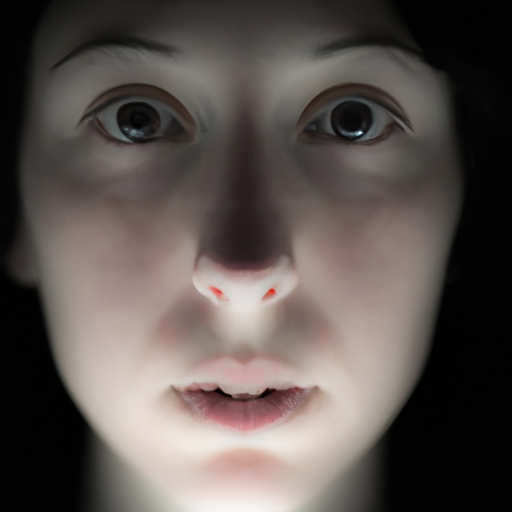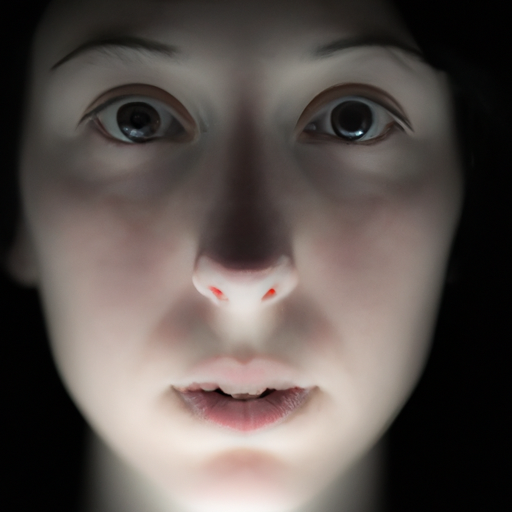As an expert in the field of skincare and aesthetics, I am here to unveil the magic of body peels, a transformative treatment that has been gaining traction for its remarkable skin rejuvenation properties. Body peels are a secret weapon for many who seek to maintain youthful, radiant skin. This comprehensive guide will delve into the science behind body peels and how they can revitalize your skin.
Firstly, let’s understand what body peels are. They are essentially chemical peels that are applied not just on the face, but on the body as well. They involve the use of safe, medically approved chemicals to exfoliate the skin’s surface, promoting the growth of new skin cells. The result is a smoother, brighter, and more youthful complexion.
Body peels work by accelerating the natural process of skin regeneration. Our skin is constantly shedding dead skin cells and generating new ones. However, as we age, this process slows down, leading to dull, dry, or uneven skin. Body peels help to speed up this process by gently removing the top layer of dead skin cells, revealing the fresh, new skin underneath.
There are different types of body peels available, each designed to address specific skin issues. Glycolic acid peels are great for treating sun damage and signs of aging. Salicylic acid peels can help with acne and oily skin. Lactic acid peels are perfect for sensitive skin and hyperpigmentation. It’s essential to consult with a skincare professional to determine which peel is right for your skin type and concerns.
The benefits of body peels are manifold. They can help reduce the appearance of fine lines, wrinkles, and age spots. They can also improve the texture of your skin, making it smoother and softer. Body peels can even help with body acne by unclogging pores and reducing inflammation. Moreover, they can fade dark spots and even out skin tone.
The process of getting a body peel is relatively straightforward. The peel is applied to the skin and left on for a certain amount of time, usually between 10-20 minutes. During this time, the chemicals in the peel work to dissolve the bonds between dead skin cells. After the peel is removed, the skin may appear slightly red or irritated, but this is a normal reaction and should subside within a few hours.
Post-peel care is crucial for maximizing the benefits of the treatment. It’s important to keep the skin moisturized and protected from the sun, as the new skin will be more sensitive. Avoiding harsh skincare products and excessive physical exfoliation for a few days post-peel is also recommended.
In conclusion, body peels are an effective way to rejuvenate your skin and address a variety of skin concerns. They offer a deeper level of exfoliation than traditional scrubs or loofahs, revealing brighter, smoother, and more youthful-looking skin. However, it’s important to remember that body peels are potent treatments and should be performed by a trained professional to ensure safety and efficacy. So, if you’re looking to unveil the magic of body peels for yourself, consult with a skincare expert to determine the best course of action for your unique skin needs.




